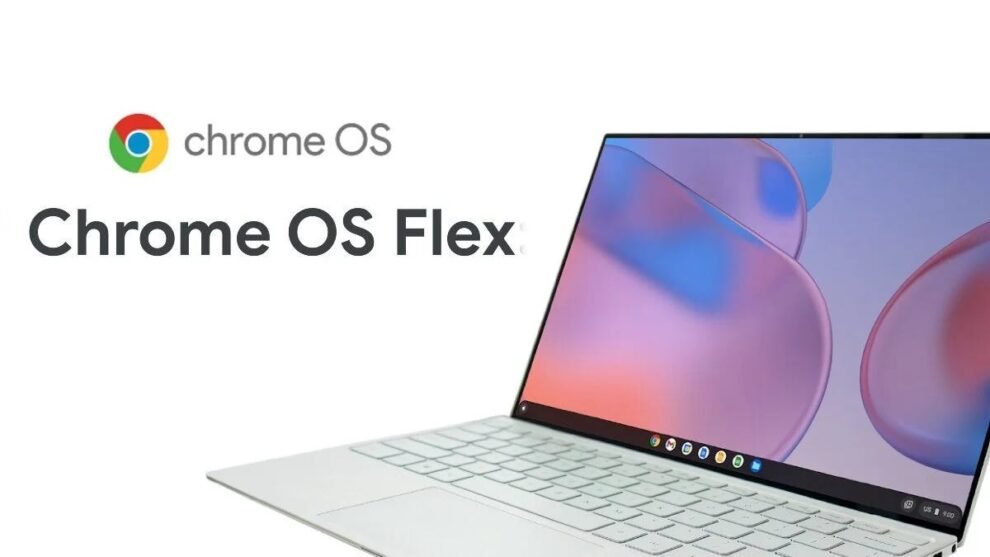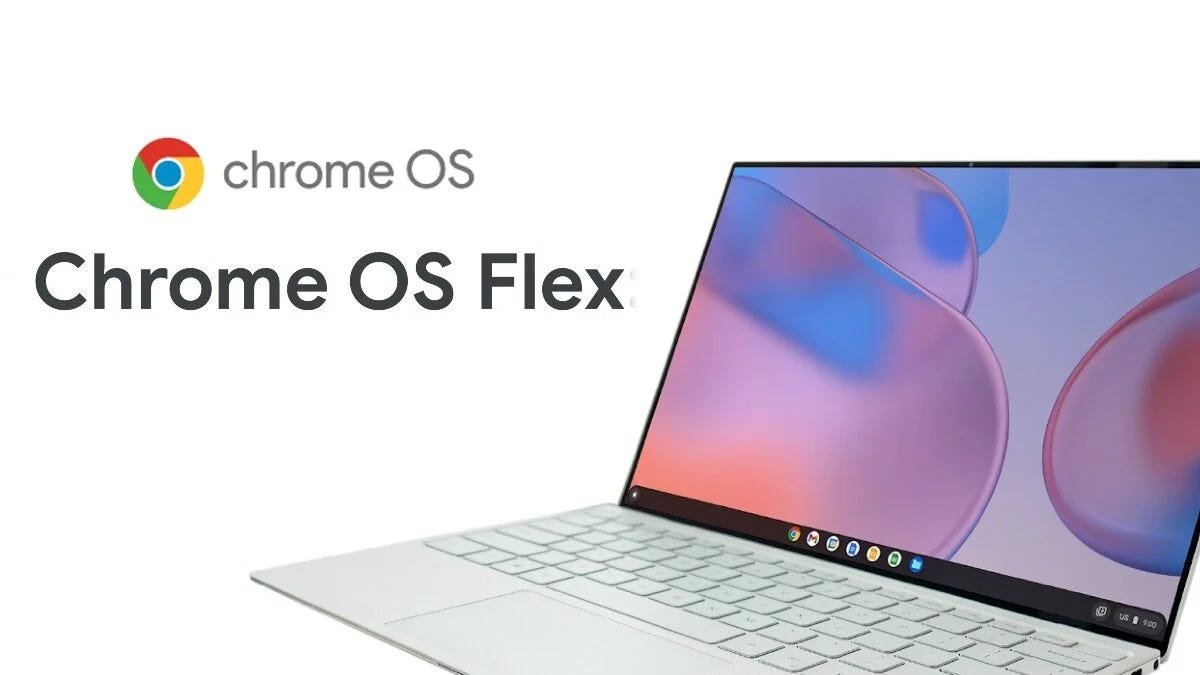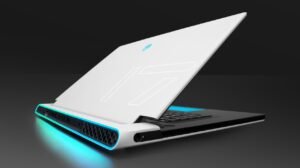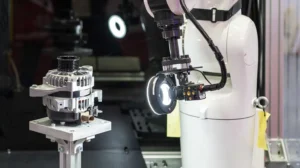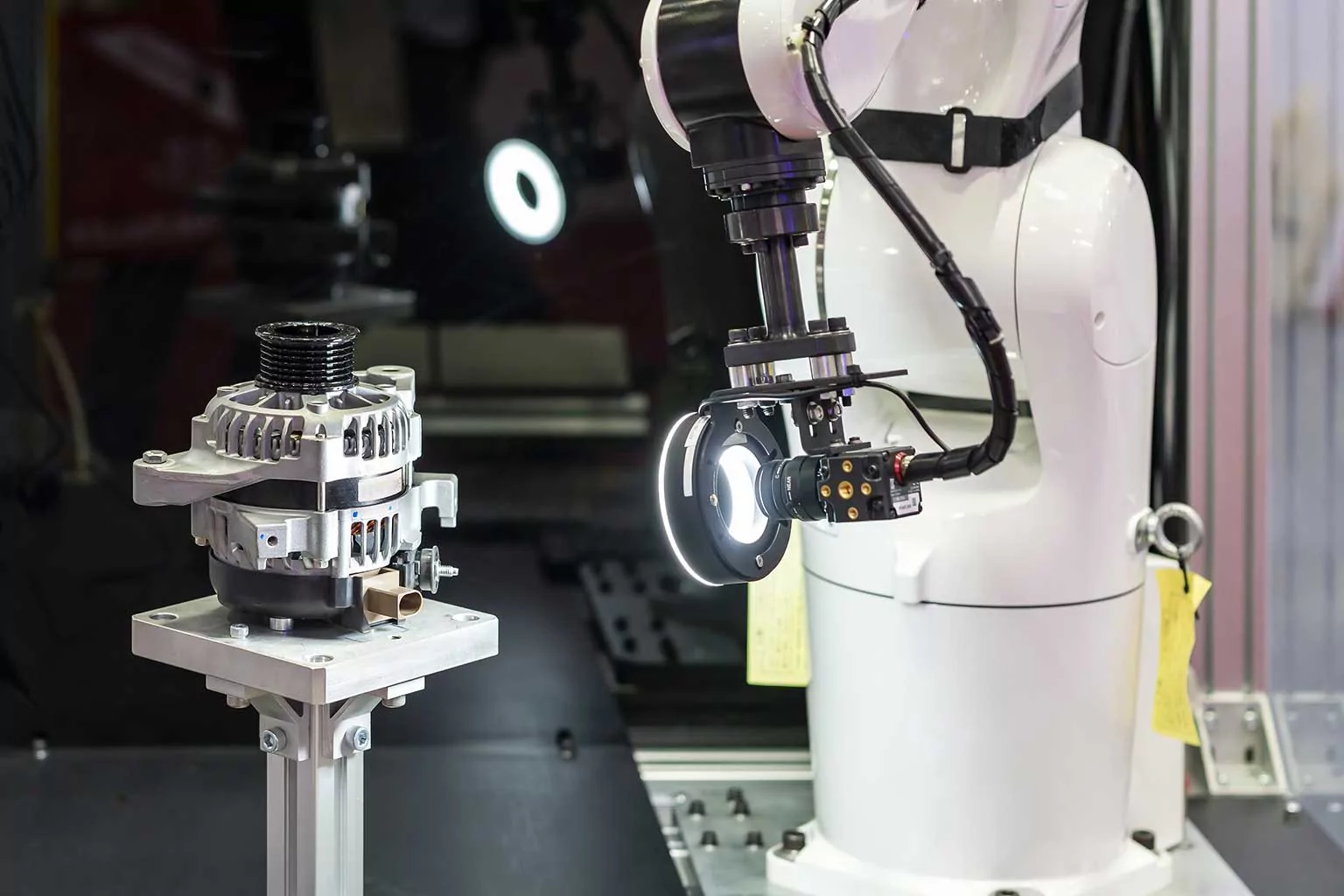In an innovative move, Google is encouraging owners of PCs that are unsupported by Windows 11 to consider switching to ChromeOS Flex, a cloud-first operating system designed to breathe new life into older hardware. This strategic shift not only aims to expand the user base of Google’s operating system but also offers a sustainable alternative for those unable to upgrade to Microsoft’s latest OS version.
Key Highlights:
- ChromeOS Flex is Google’s response to extending the life of older PCs and Macs by offering a lightweight, secure, and fast operating system.
- Originating from NeverWare’s CloudReady OS, ChromeOS Flex can be easily installed on devices not officially supported by Windows 11.
- The system requirements for ChromeOS Flex are minimal, making it an accessible option for a broad range of hardware.
- Critical differences between ChromeOS and ChromeOS Flex include the lack of Android app support, Google Play access, and certain security features available in the original ChromeOS.
- Despite these differences, ChromeOS Flex provides a compelling alternative for users seeking simplicity and security, especially for enterprise applications.
ChromeOS Flex: A New Lease on Life for Old Hardware
ChromeOS Flex represents a significant shift in Google’s strategy, targeting users and organizations that maintain older hardware. By offering an operating system that is both easy to install and manage, Google positions ChromeOS Flex as an attractive option for those looking to avoid the complexities and potential security risks associated with outdated Windows versions.
Installation Simplicity and Hardware Compatibility
The installation process for ChromeOS Flex is designed to be straightforward, requiring only a bootable USB drive and meeting minimal system requirements: a 64-bit processor, 4 GB of RAM, 16 GB of storage, and full admin access to the machine’s BIOS. However, users should be aware of the critical differences between ChromeOS Flex and the original ChromeOS, such as the lack of verified boot, automatic BIOS or UEFI firmware updates, and support for Android apps or Google Play.
User Experiences and Concerns
Feedback from users who have tested ChromeOS Flex highlights its potential and limitations. While some appreciate the OS for its simplicity and cloud-first approach, others point out the challenges with hardware compatibility, especially concerning Wi-Fi chipsets and peripheral support. The lack of Android app support and Google Play access is also noted as a significant omission, potentially limiting the OS’s appeal for certain users. Nonetheless, ChromeOS Flex is praised for its potential in educational settings or as a secure, straightforward computing environment.
The Future of ChromeOS Flex
As ChromeOS Flex continues to evolve, Google’s commitment to improving hardware support and functionality will be crucial for its success. While the project shows promise, especially for extending the usability of older hardware, its adoption will depend on Google’s ability to address current limitations and maintain interest in the platform.
The introduction of ChromeOS Flex highlights Google’s effort to offer practical solutions for the ever-present challenge of hardware obsolescence. While the transition from Windows to ChromeOS Flex might not be suitable for everyone, particularly due to the absence of certain features and app compatibility, it presents a viable option for users prioritizing speed, security, and simplicity over a comprehensive OS experience. As technology continues to advance, the decision to adopt ChromeOS Flex could signify a shift towards more sustainable computing practices, potentially setting a precedent for how we approach software support and hardware longevity in the future.

